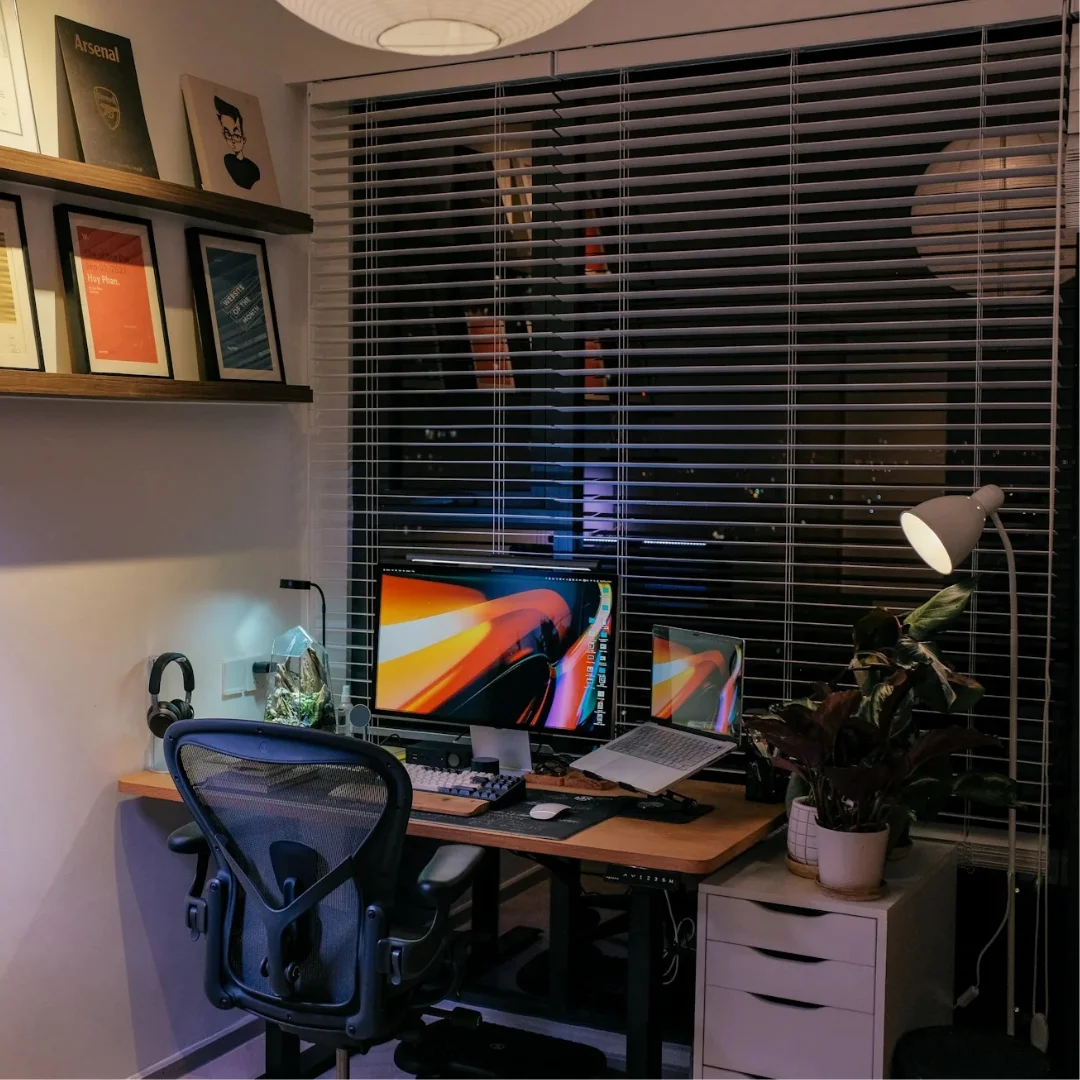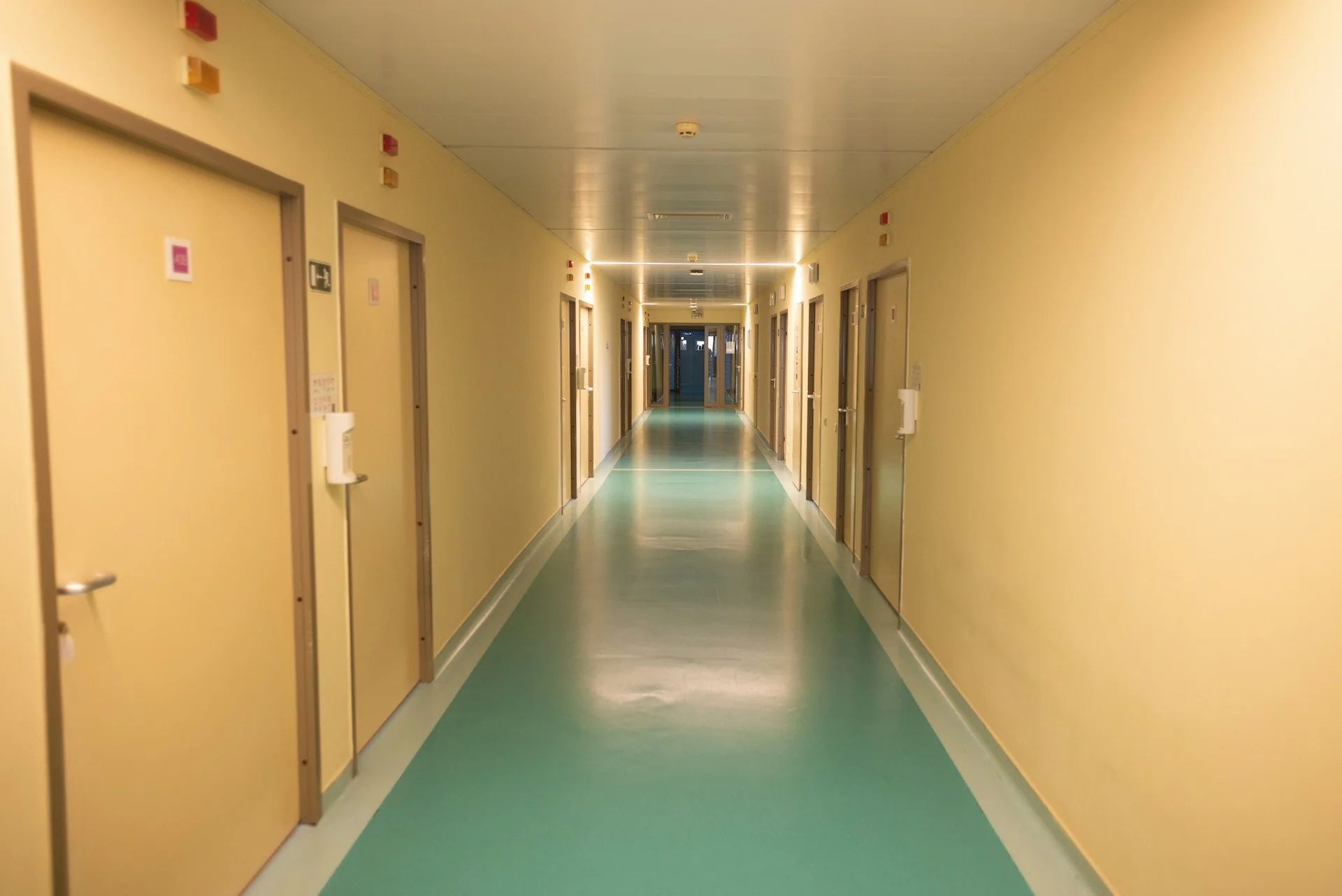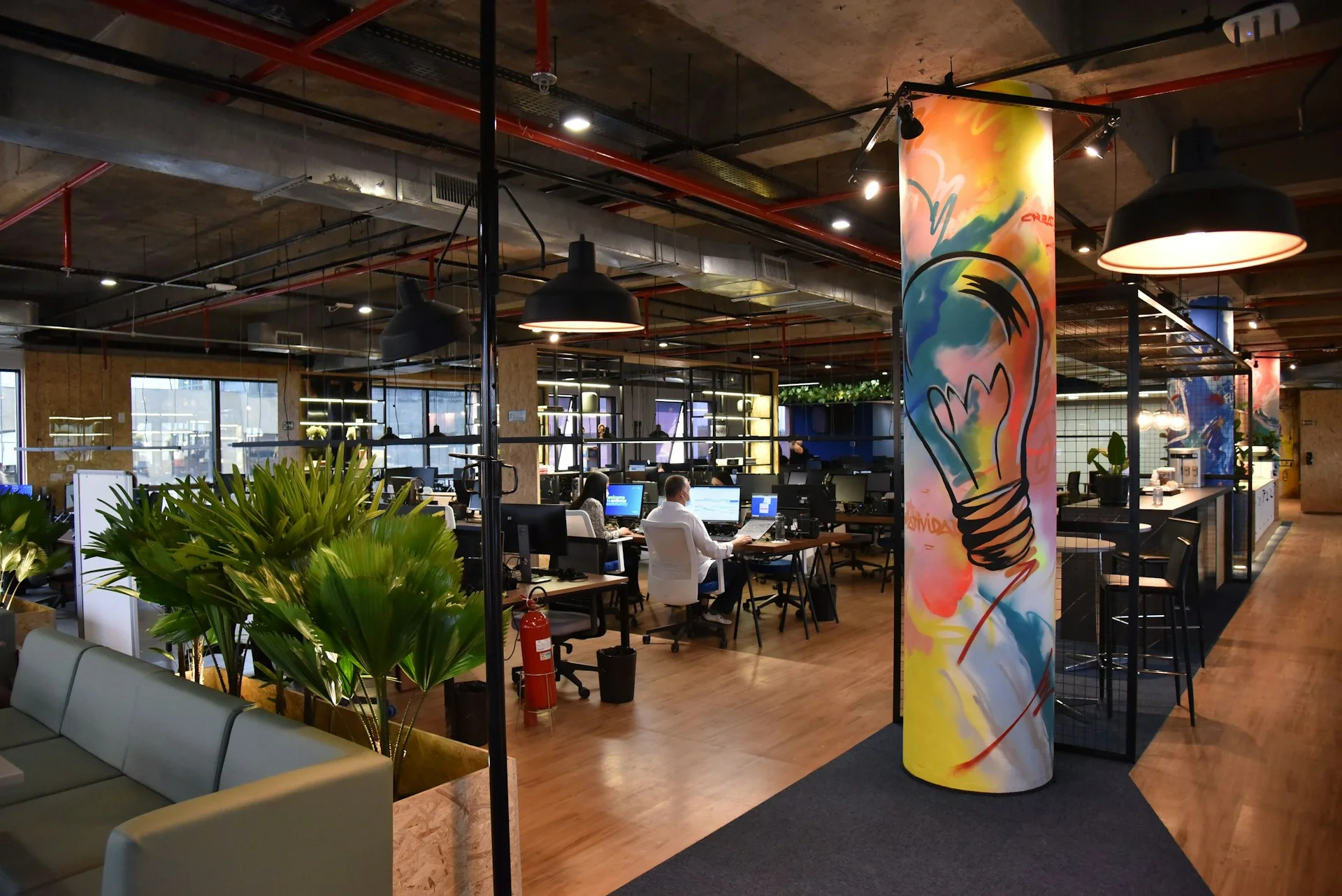
In the quest for improved employee wellbeing and productivity, organisations often invest in digital wellbeing apps, mindfulness programmes, and flexible working policies. These initiatives all have their place, but they frequently forget a fundamental aspect of employee wellbeing… the physical workspace.
I like the office. I think its an excellent enabler for collaboration (when done effectively). However, it’s very well documented that employees working from home often report increased wellbeing, productivity, and job satisfaction. So why is this?
Beyond the autonomy and ease that home-working brings, a significant factor is the personalisation of their environment. At home, employees are surrounded by familiar objects, cherished photos, and a sense of comfort. Compare this to an often bland, white-walled, desk-packed office, it’s easy to see why home-working can be a more enjoyable and rewarding experience.
If our homes can positively influence our wellbeing, why shouldn’t our collective workplaces do the same?
I was reading Positive News recently (if you’re not a subscriber, you should be) and a remarkable example from our NHS sharing how spaces can be a powerful enabler for positive wellbeing inspired this post.
After visiting a friend in a cold, clinical unit, artist Tim A Shaw and curator Niamh White set out to re-imagine these spaces. Their first project at South West London and St George’s Mental Health NHS Trust sparked a movement. Since then, they’ve delivered 25 vibrant, site-specific art projects across NHS mental health wards, each co-designed with local artists, patients, and staff.
Every space is tailored to its context. In Cornwall, they partnered with local artists. In dementia and adolescent units, those with personal connections to these challenges brought sensitivity and relevance.
Importantly, these aren’t passive art displays. Patients and staff actively shape the process, from workshops to painting. Projects like the Hellingly Tapestry in East Sussex enable patients to see their own stories reflected on the walls.
The results were uplifted moods, stronger community bonds, and a big shift in ward culture.
During the pandemic, they launched Digital Art School, sending high-quality materials to all 750 NHS inpatient sites, ensuring access to creativity for everyone.
Their mission is bold; to reach 180,000 people with severe mental illness and reimagine treatment spaces through dignity, beauty, and participation.
I absolutely loved the story and what came out of it.

To harness these wellbeing benefits, you don’t need to find a £10k budget nor launch something with a bang. In my experience it’s the small things, when done often enough, that make the biggest of differences.

When we treat space as an afterthought, we miss a big opportunity. The NHS’ art-led transformation of mental health wards shows us what’s possible when we design with care, creativity, and community in mind.
Workspaces should be more than functional, they should feel human. Places where people can connect with their surroundings, feel seen, and thrive. The lesson here isn’t just about aesthetics, it’s about dignity, choice, and belonging.
If vibrant murals can shift the culture of a mental health ward, imagine what thoughtful design could do in your office.
So, here’s the challenge… look around your workplace and ask yourself what it says to the people who use it every day.
Let’s stop settling for sterile and start creating spaces that support, inspire, and reflect the people within them.